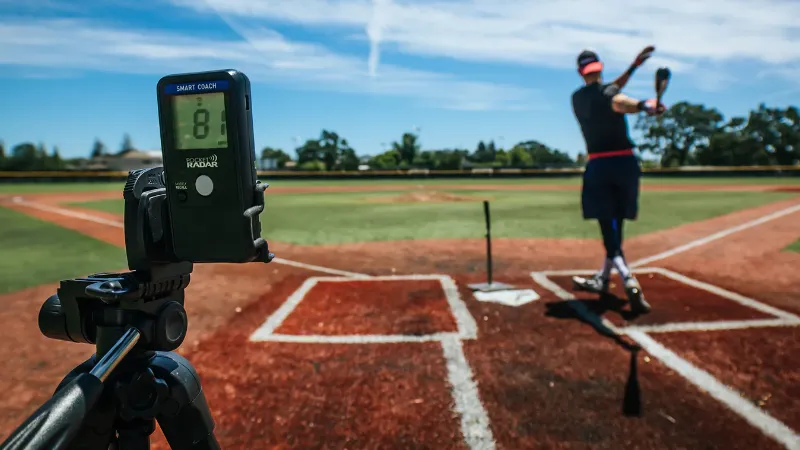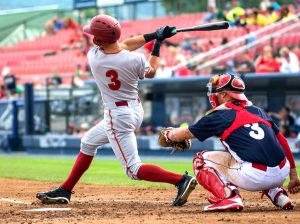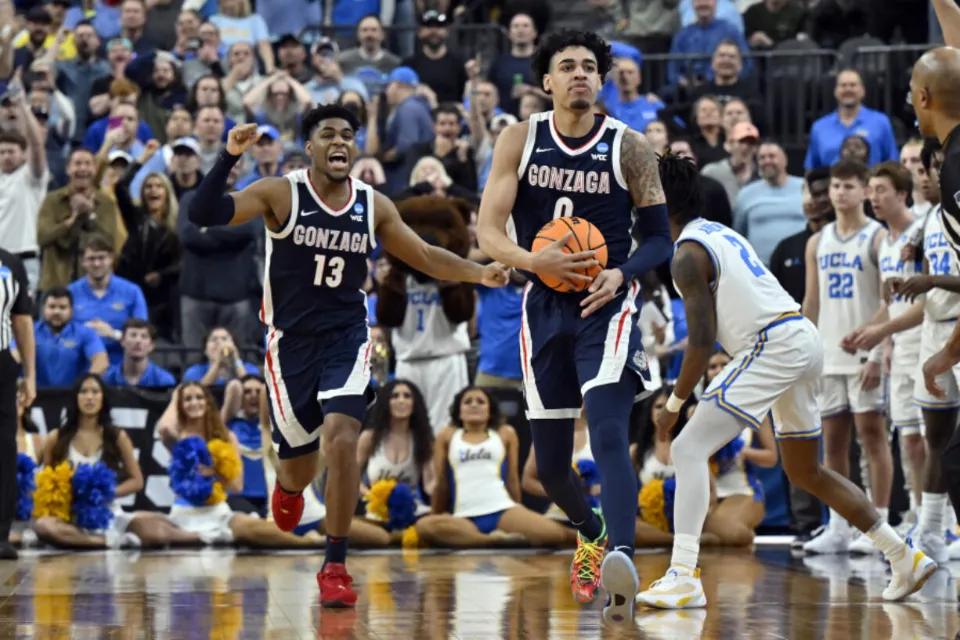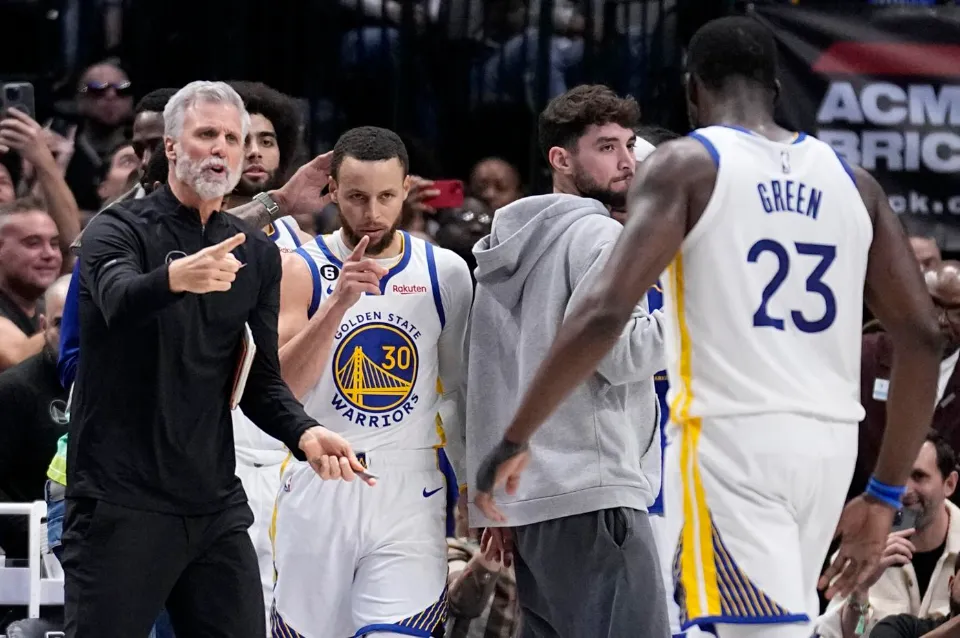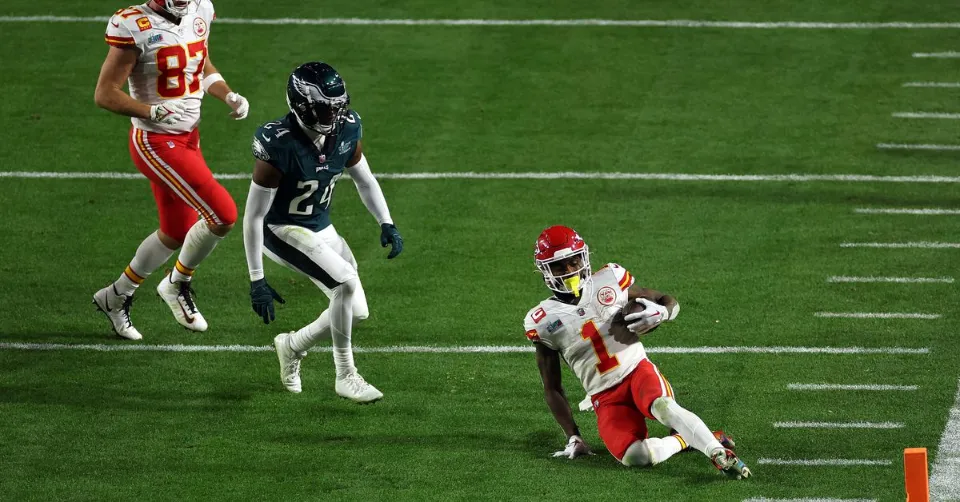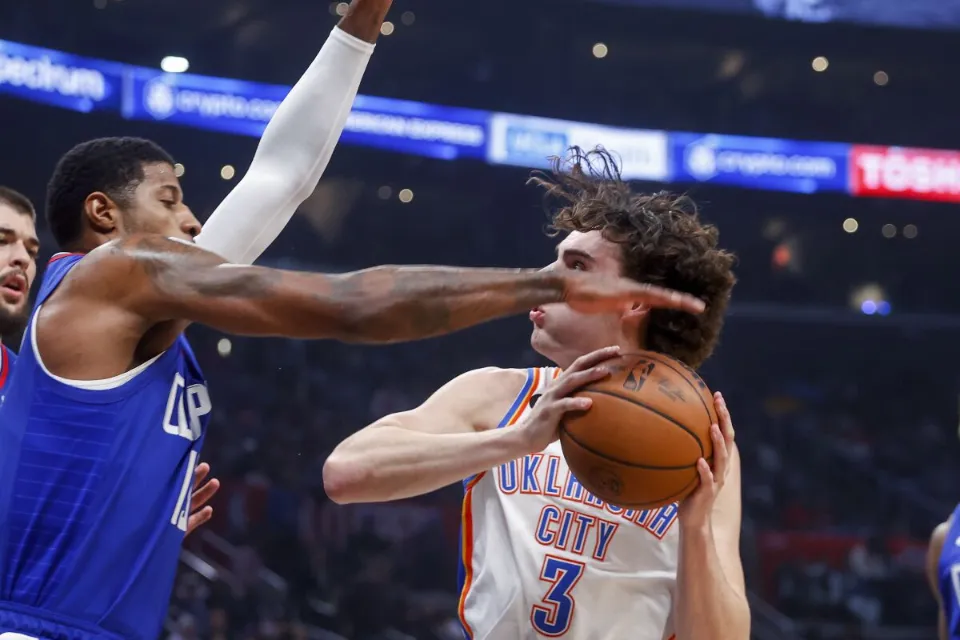What is An Illegal Shift in Football? All You Want to Know
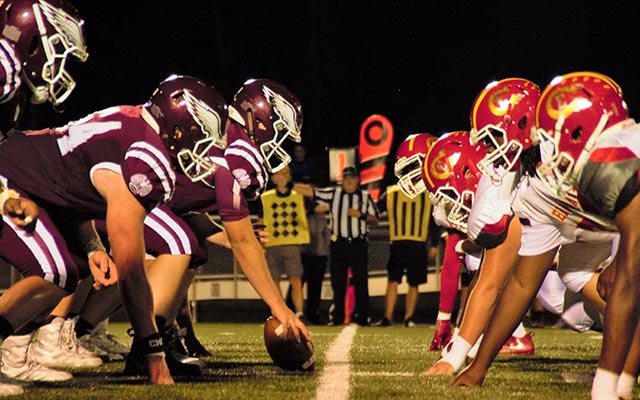
When two or more players on the offense move simultaneously before the play begins, it is an illegal shift and carries a 5 yard penalty. According to the penalty, only one player may move after the formation is established. This rule gives the defense a chance to set up and, if necessary, adjust.
This penalty can be confused with other penalties (which we’ll get to later) so it’s important to remember that illegal shifts occur before the ball is snapped. As we will see below, illegal shift penalties have altered the tempo and result of many football games, making it crucial for coaches and players to be aware of the rule.
But, how do illegal shifts happen? What are false start and illegal motion? How to prevent illegal shifts? Please read on.
Table of Contents
How Illegal Shifts Happen?
The goal of offenses is to continually surprise and confound defenses.
They accomplish this, among other things, by having players move before the snap.
According to football rules, the quarterback may only move one player at a time prior to the snap.
Pre-snap, no more than one player may be shifting at once.
If two players are to shift pre-snap, the first player must come to a complete stop before the second player can start his shift.
Additionally, pre-snap motion can occasionally confuse offensive players, which leads to illegal shift penalties.
It’s likely that an illegal shift will occur if two players believe they are moving before the snap.
An additional shift will be considered illegal if one player doesn’t come to a complete stop before the start of the second player’s turn.
How Often Do Illegal Shifts Happen?
Penalties for illegal shifts are fairly typical. Even though they are not among the top five penalties committed by an offensive team, they do happen frequently in situations that require quick decisions. The offense will attempt to gain an advantage over the defense when the score is close (especially in the third or fourth quarter).
Of the 47 different penalties given in the 2021 season, illegal shifts ranked 22nd on the penalty count list.
Making use of no-huddle plays is one way to gain an advantage. These plays can be successful if executed properly, but they can backfire if everyone isn’t on the same page. Because every player knows the plays and their role by heart, the top professional and collegiate football teams typically steer clear of illegal shifts.
Illegal Shift Signal
Referees begin by bending their elbows and placing their two hands together at their chest, knuckles touching. Before bringing their hands back to their chest, they make a “T”-shaped motion with their arms out to the sides. A couple of times, they will do this.
Although the signal for an illegal shift can be mistaken for the incomplete pass signal, a referee won’t ever cross their arms to indicate an illegal shift. Additionally, if there isn’t a flag on the field, it’s likely that the call is for an incomplete pass rather than an illegal shift.
Illegal Shift Penalty
The current down will be replayed for the illegal shift penalty, which is a five-yard penalty. This might not seem like much, but you should remember that the penalty also adds time to the play clock. Who wins the game can be significantly affected by an illegal shift in the fourth quarter.
Illegal Shift Examples
Numerous illegal shift penalties have been issued over the years, but there have been a few notable instances where the penalty actually altered the outcome of the match.
Oct. 12, 2019 (UGA vs South Carolina): In the fourth quarter, with 13 seconds left to play, Georgia ran a play that was ultimately called for an illegal shift because it was a close game. They lost 10 seconds off the play clock, five yards, and the option to have the down replayed, all for no gain. As a result, the game entered overtime with only three seconds left on the clock.
Jan. 10, 2016 (Packers vs Redskins): The Packers’ stunning play and simple touchdown pass to end the first half came late in the second quarter. However, a different play was called at the line of scrimmage, which caused several players to move simultaneously. This should have been reported as an illegal shift but wasn’t, which at the time generated some controversy. The game’s momentum was altered when this touchdown was not flagged.
September 15th, 2013 (Colts vs Dolphins): A stunning play by the Colts, who at the time were led by quarterback Andrew Luck, resulted in what everyone in the stadium mistakenly thought was a touchdown. Naturally, there was some confusion when the yellow flag appeared. When more than one player moved at once, the referee cited the full second requirement. As a result, the touchdown was reverted, and there was also a five-yard penalty.
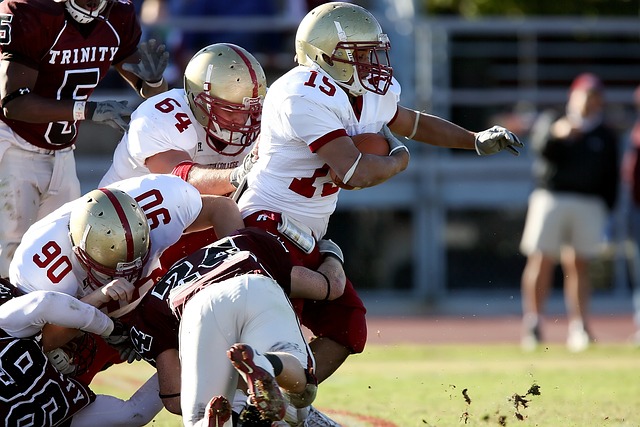
Illegal Shift Vs False Start
False starts and illegal shifts are frequently mistaken for one another. The key difference is a false start occurs when a player makes a post-snap move on the line of scrimmage before the ball has been snapped. (I.E. When a lineman gets in a blocking position before or crosses the line of scrimmage before the snap)
This is a much more frequent punishment, and it’s the only one that the offense’s defense will actively work to impose. When an offensive player makes a false start, it’s not unusual to see players on the defensive line call it out.
While a false start is a specific motion (post-snap motion) that takes place before the snap, illegal shifts are more frequently committed when two or more players are moving simultaneously before the snap.
Though it can be difficult to distinguish between the two, a false start occurs when only one player moves, whereas an illegal shift usually involves two or more players moving.
Illegal Shift Vs Illegal Motion
Illegal shifts and illegal motion penalties are frequently mixed up. Shifts are a team foul committed by several players, whereas an illegal motion penalty is assessed to one player, typically for moving toward the line of scrimmage prior to the football being snapped.
One full second before the snap, a player moving toward the line is required to be in a specific position, according to football officiating regulations. An illegal motion penalty is a 5-yard penalty on the offense, similar to an illegal shift.
Preventing Illegal Shifts
The best way to stop illegal shifts is to limit tricky pre-snap motions in the backfield, which can frequently confuse the offense almost as much as the defense. In addition, penalties brought on by running out of time on the play clock to finish the shifts can be avoided by breaking the huddle earlier and allowing all linemen and wide receivers to get set. With the shift and the slow huddle break, it is frequently difficult to signal in plays from the sideline quickly.
Conclusion
Shifts and pre-snap motion are very common in modern football.
By forcing defenses to change their alignment after the huddle breaks but before the ball is snapped, it’s a great way to keep them off-balance when used correctly and in accordance with the rules.
This occasionally leads to defensive players being out of position and ill-prepared to stop the play.
However, pre-snap motion frequently results in penalties for illegal shifts.
As a result, be sure to create plays with straightforward pre-snap motions, and instruct your players on what an illegal shift penalty is as well as how to avoid it.
Read about
